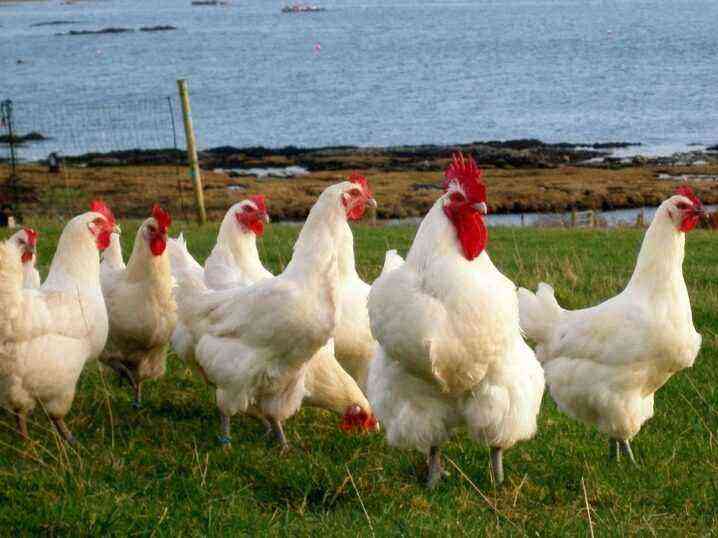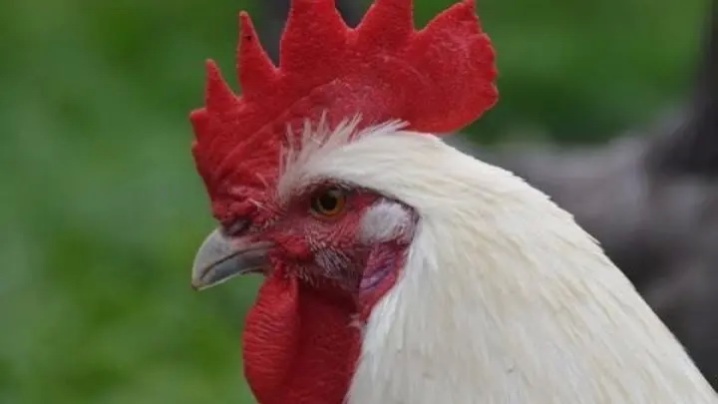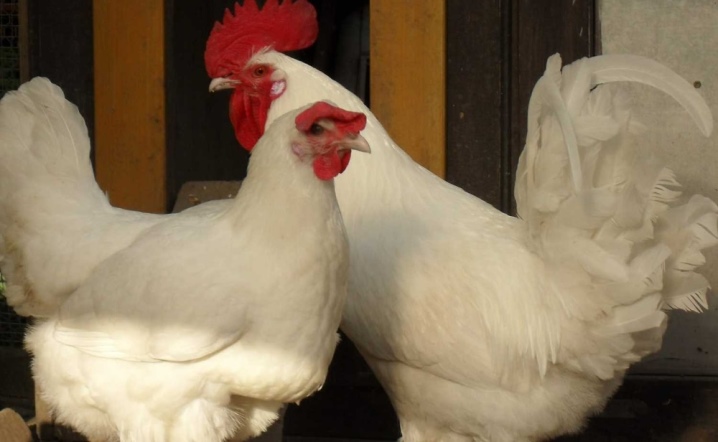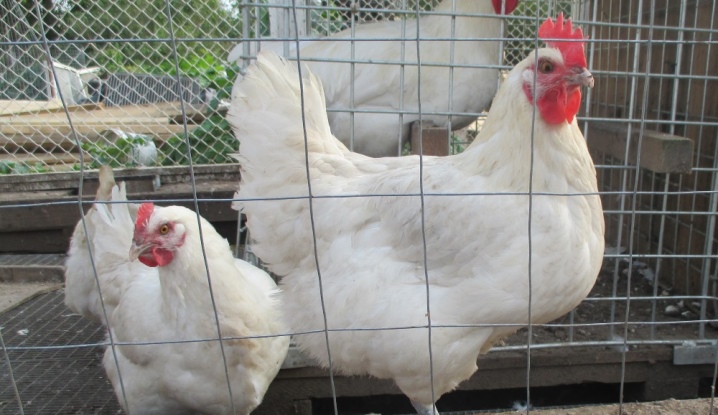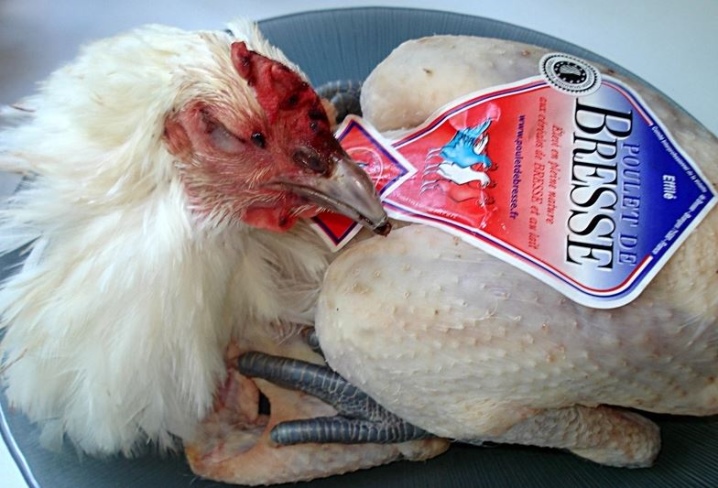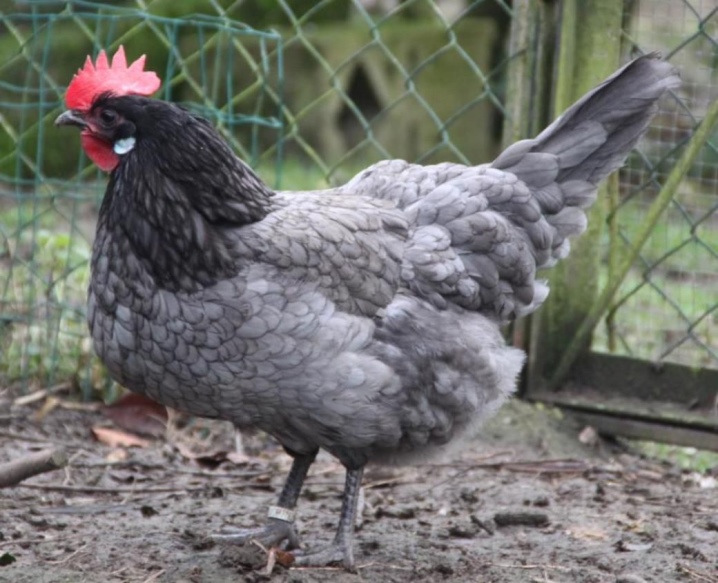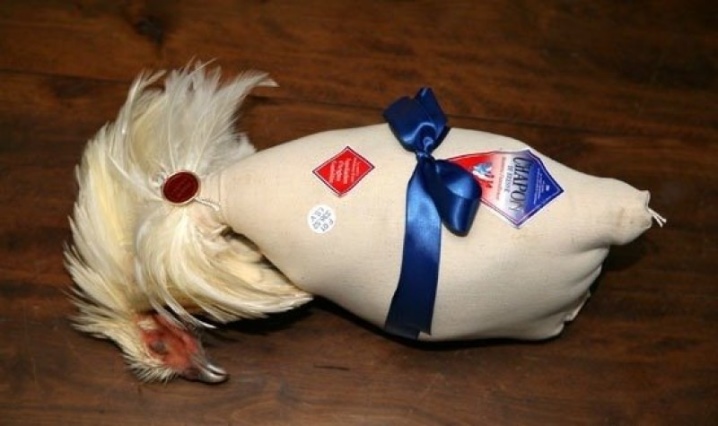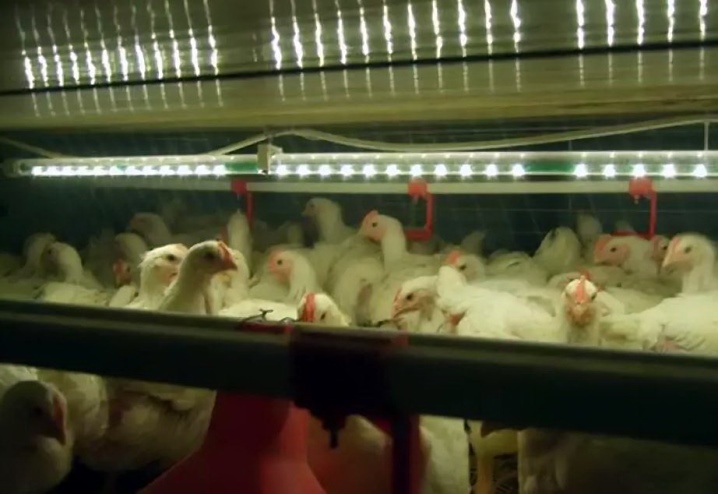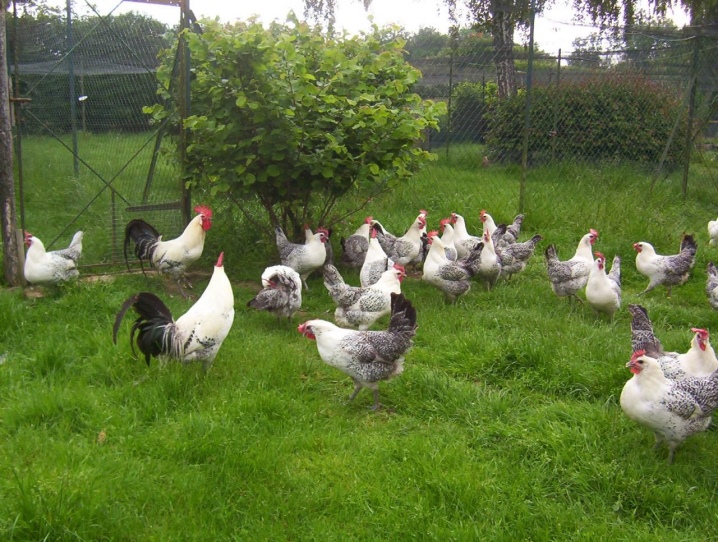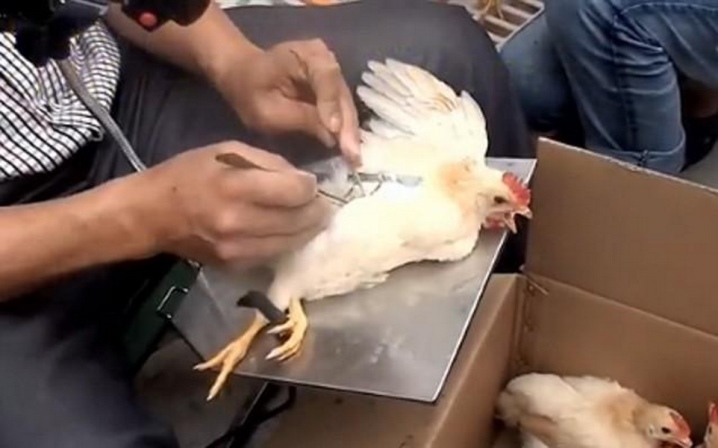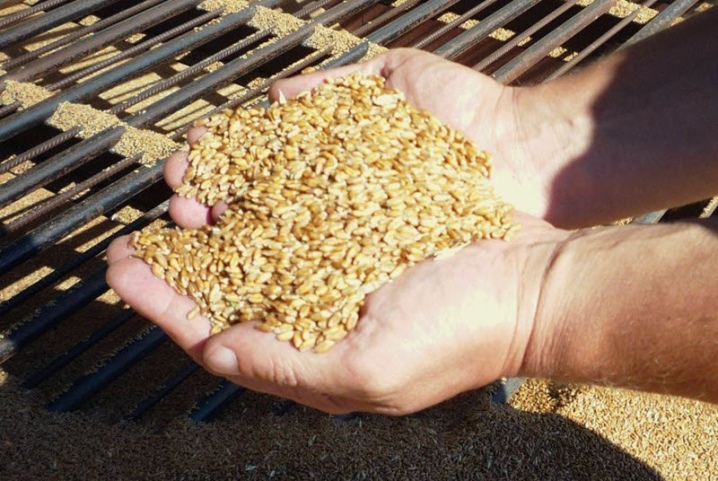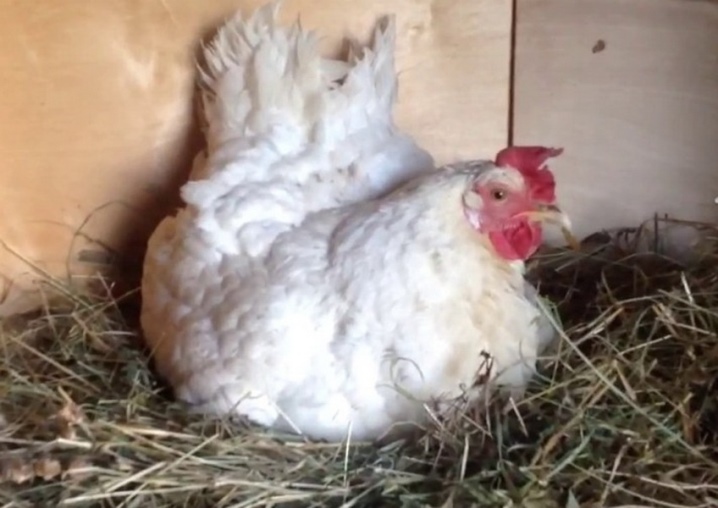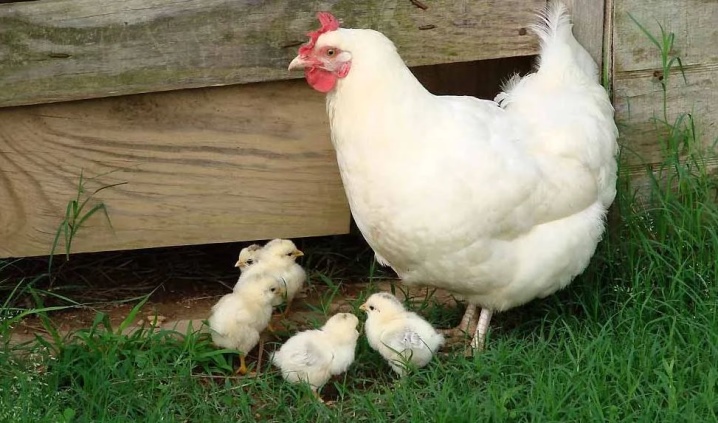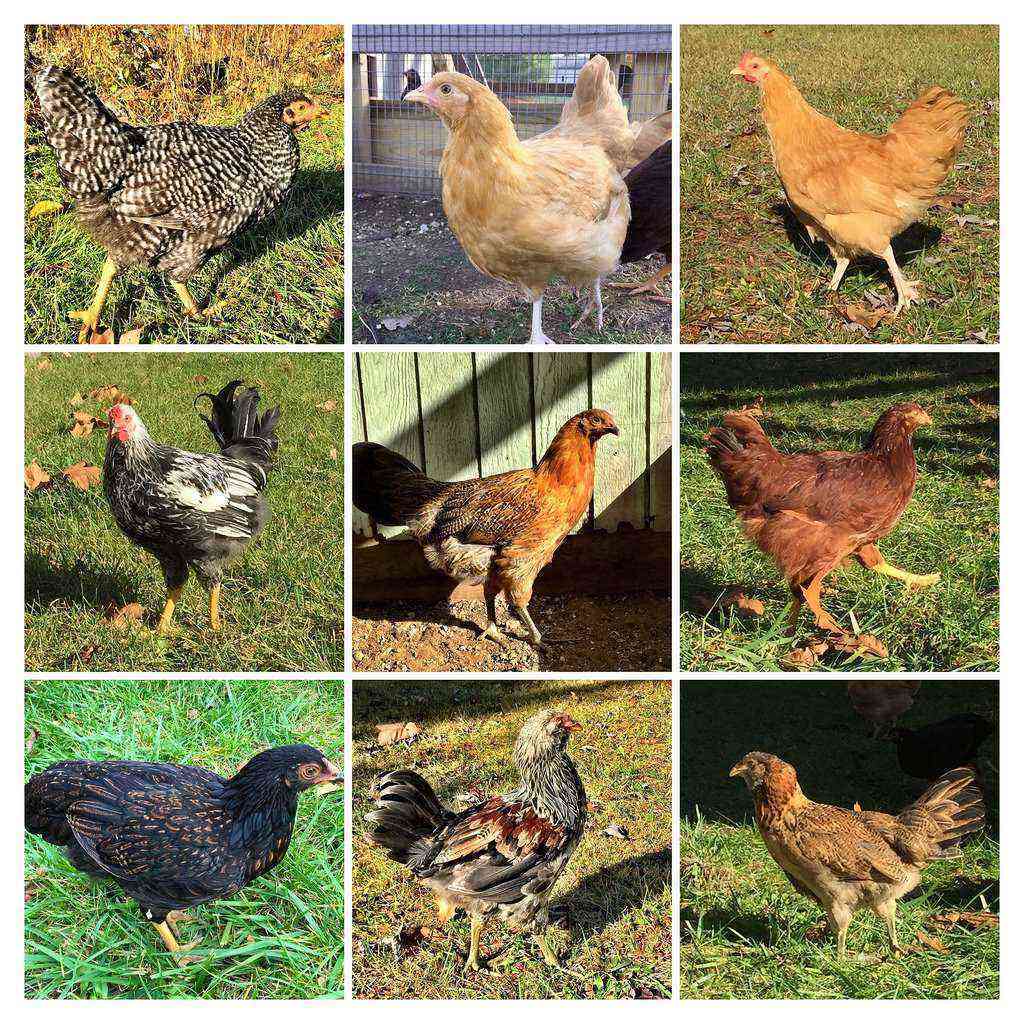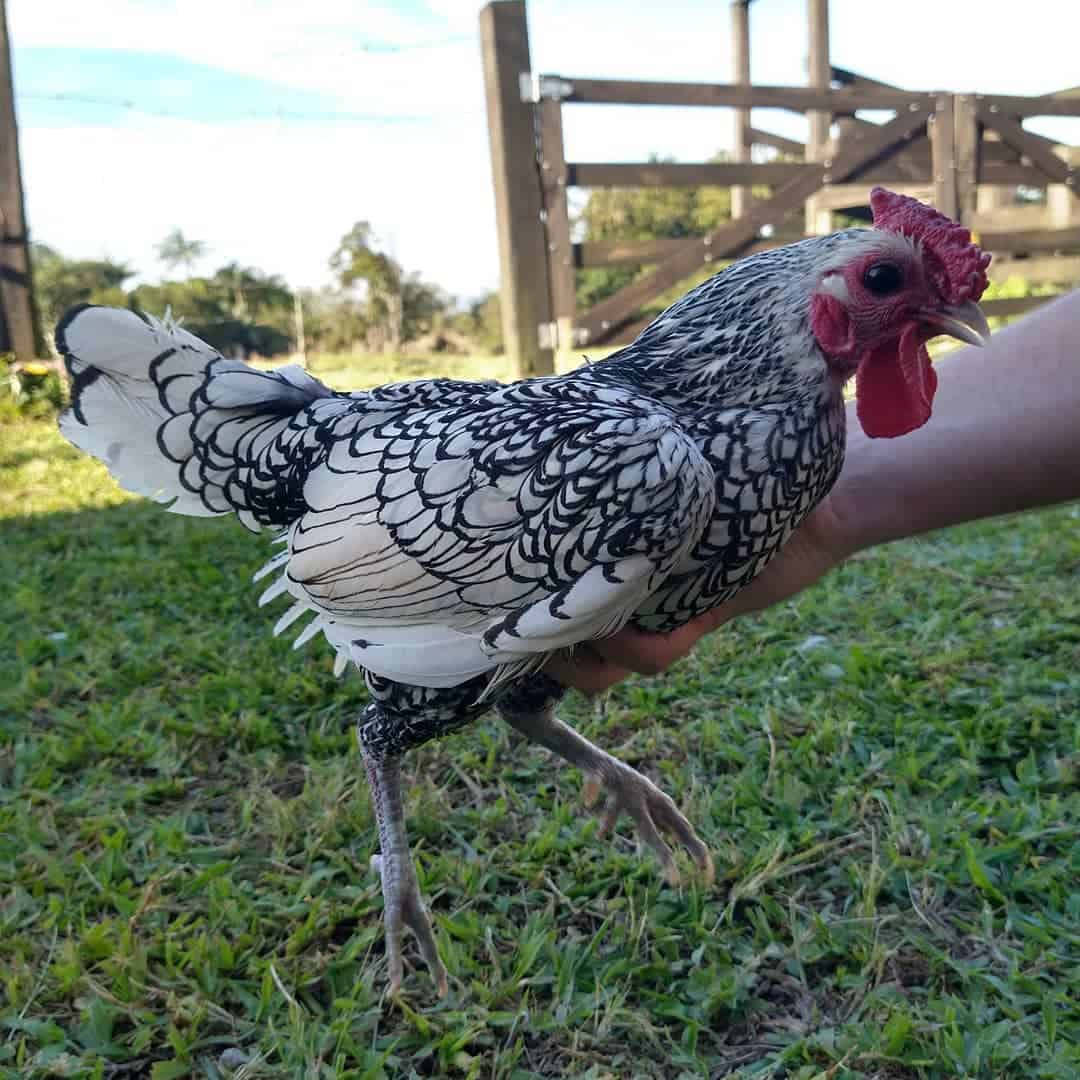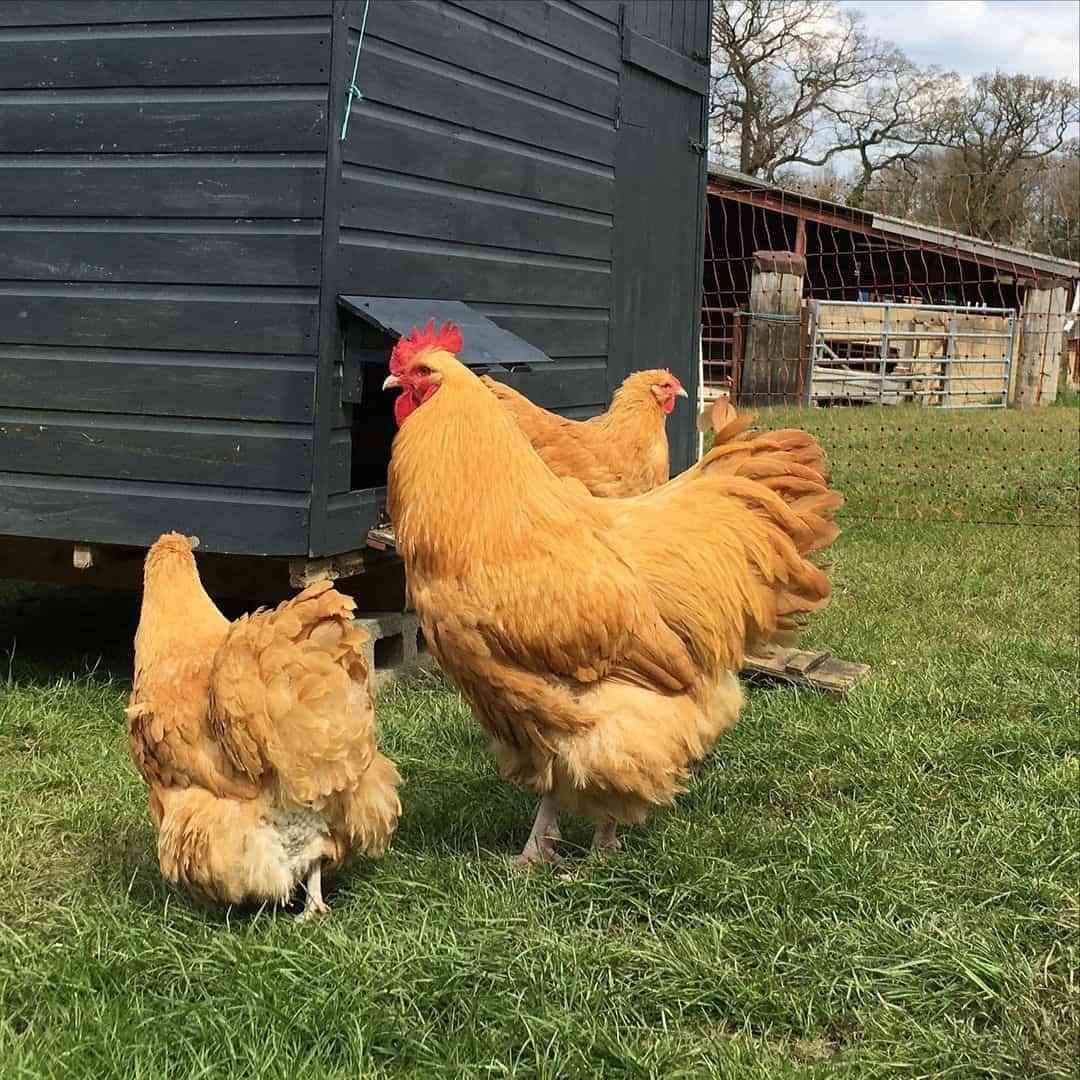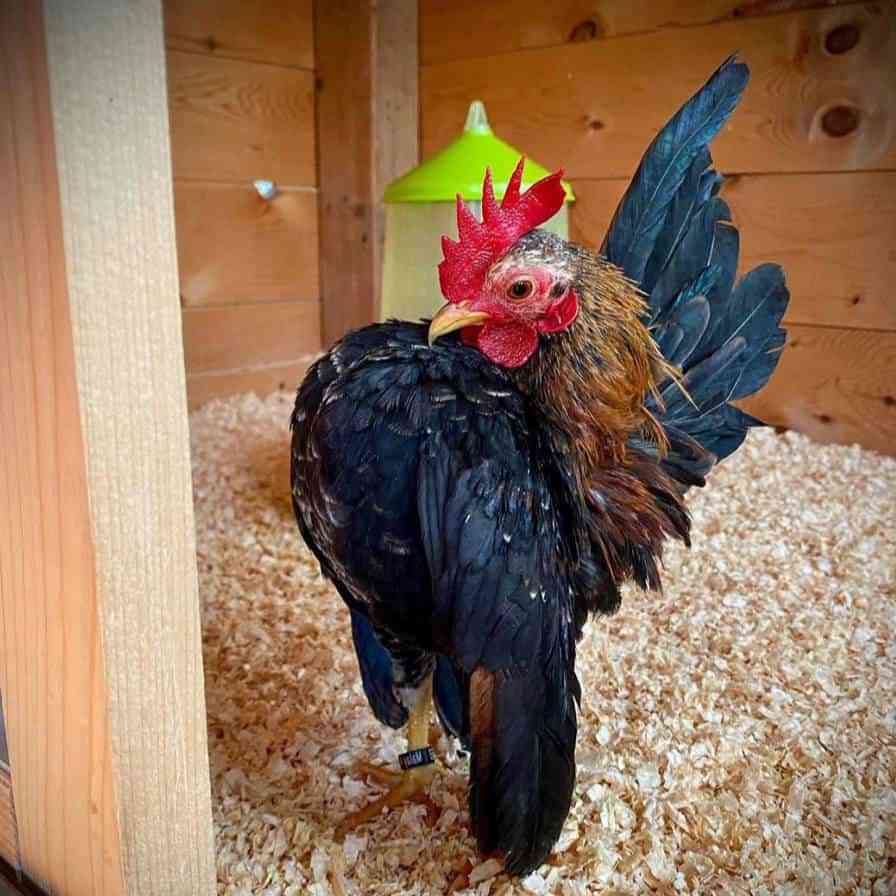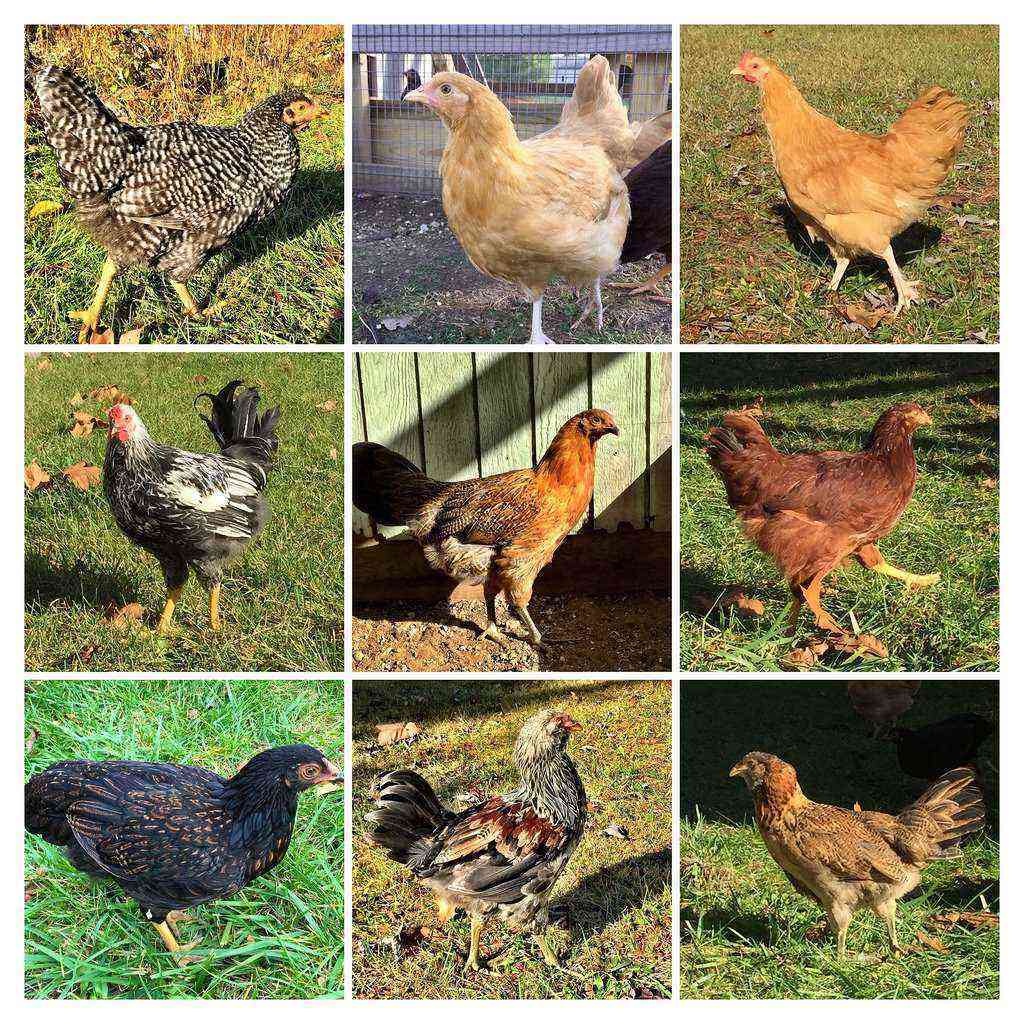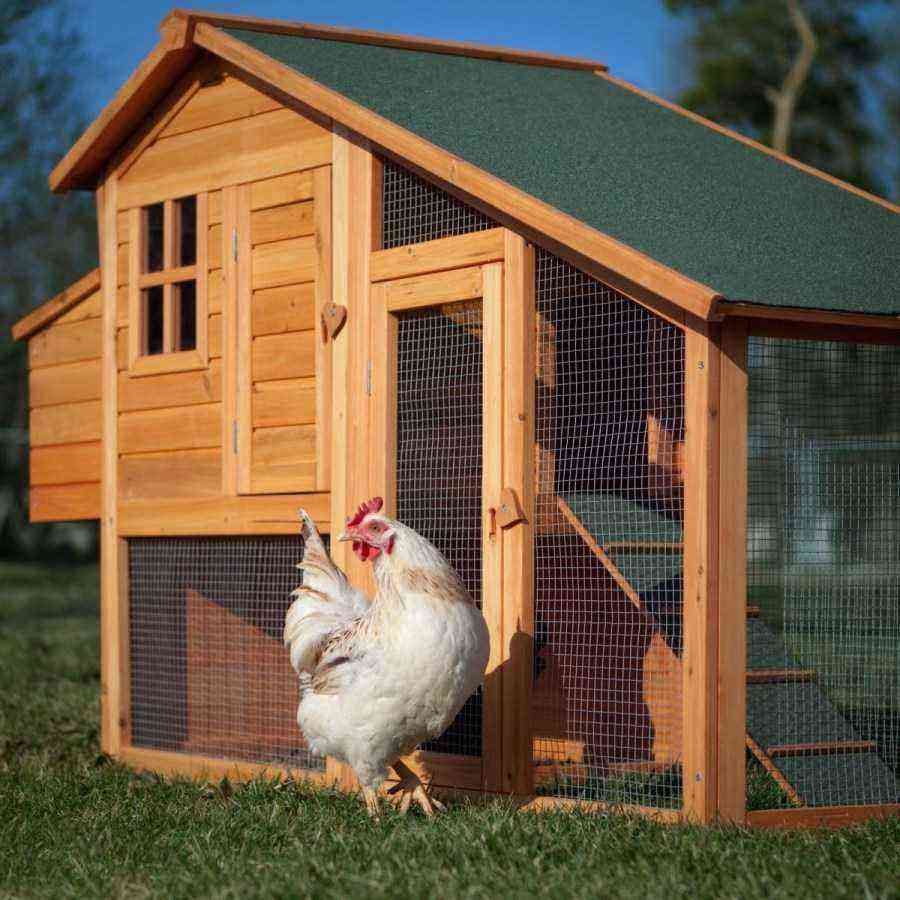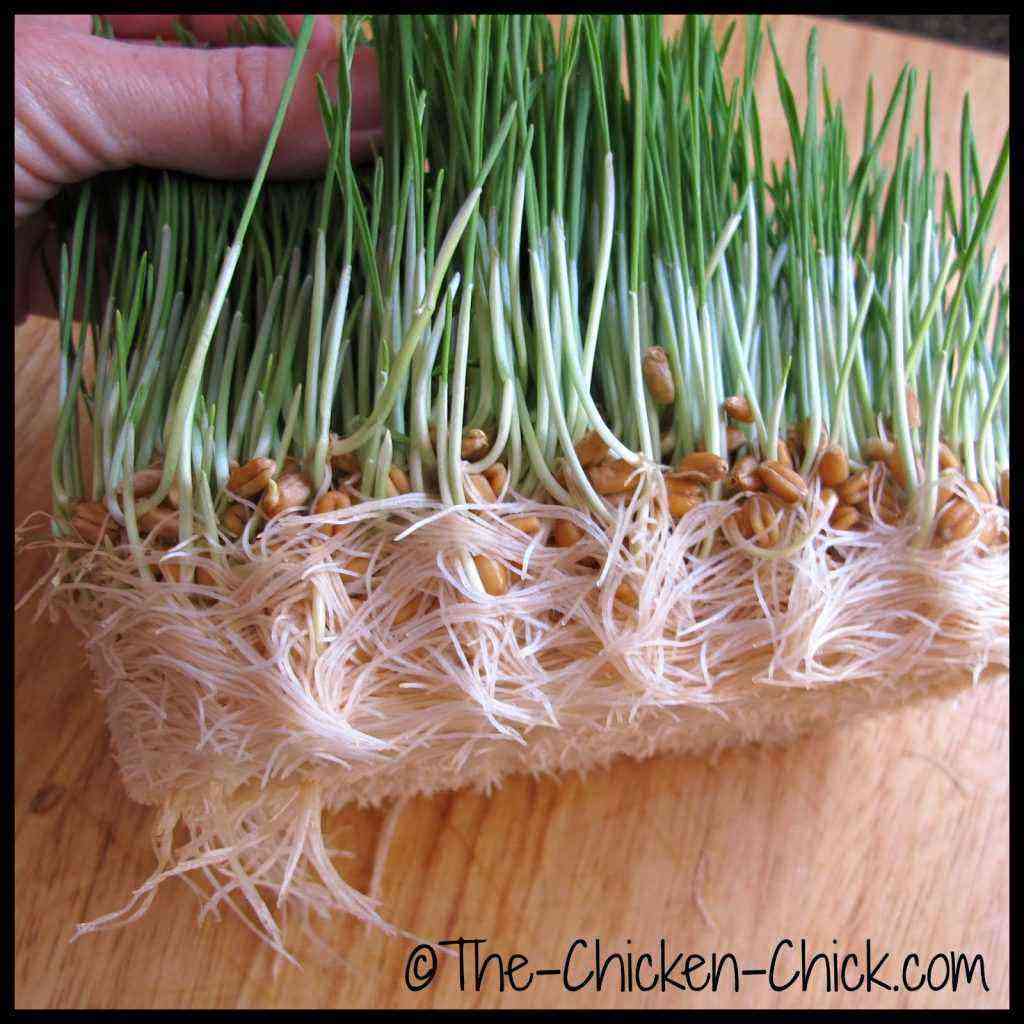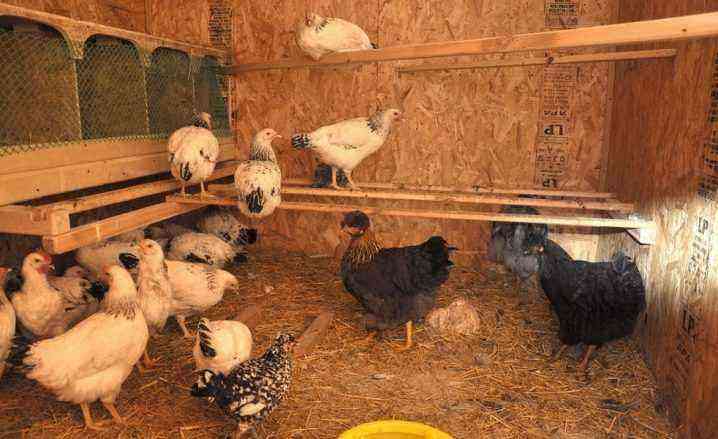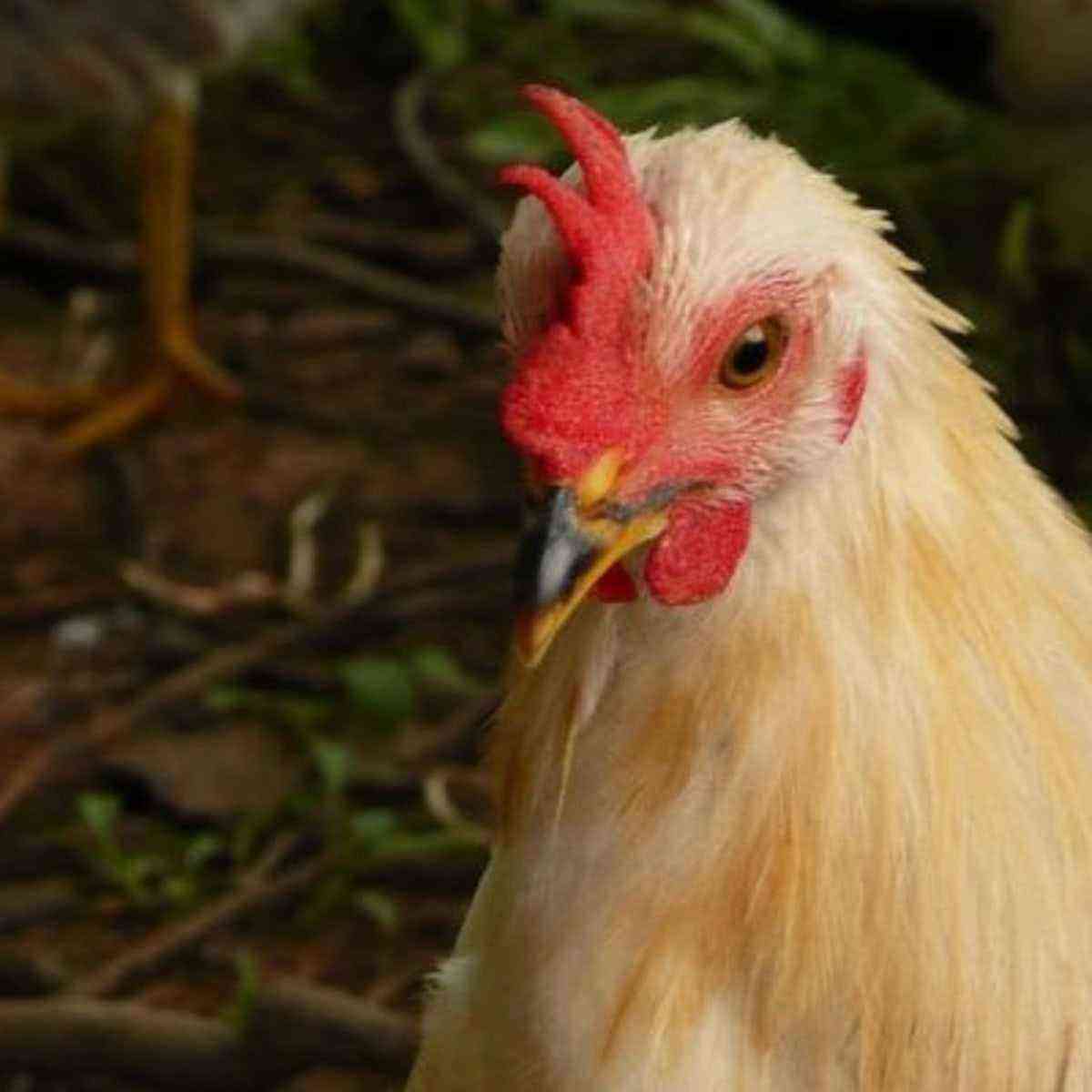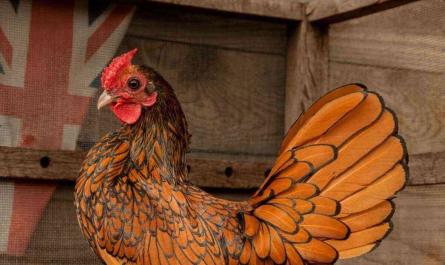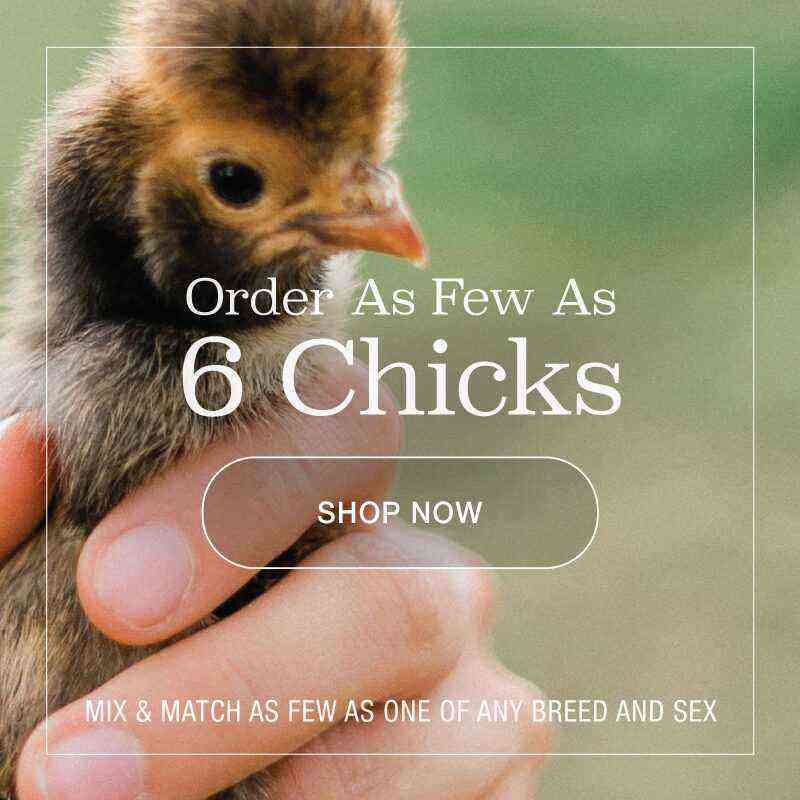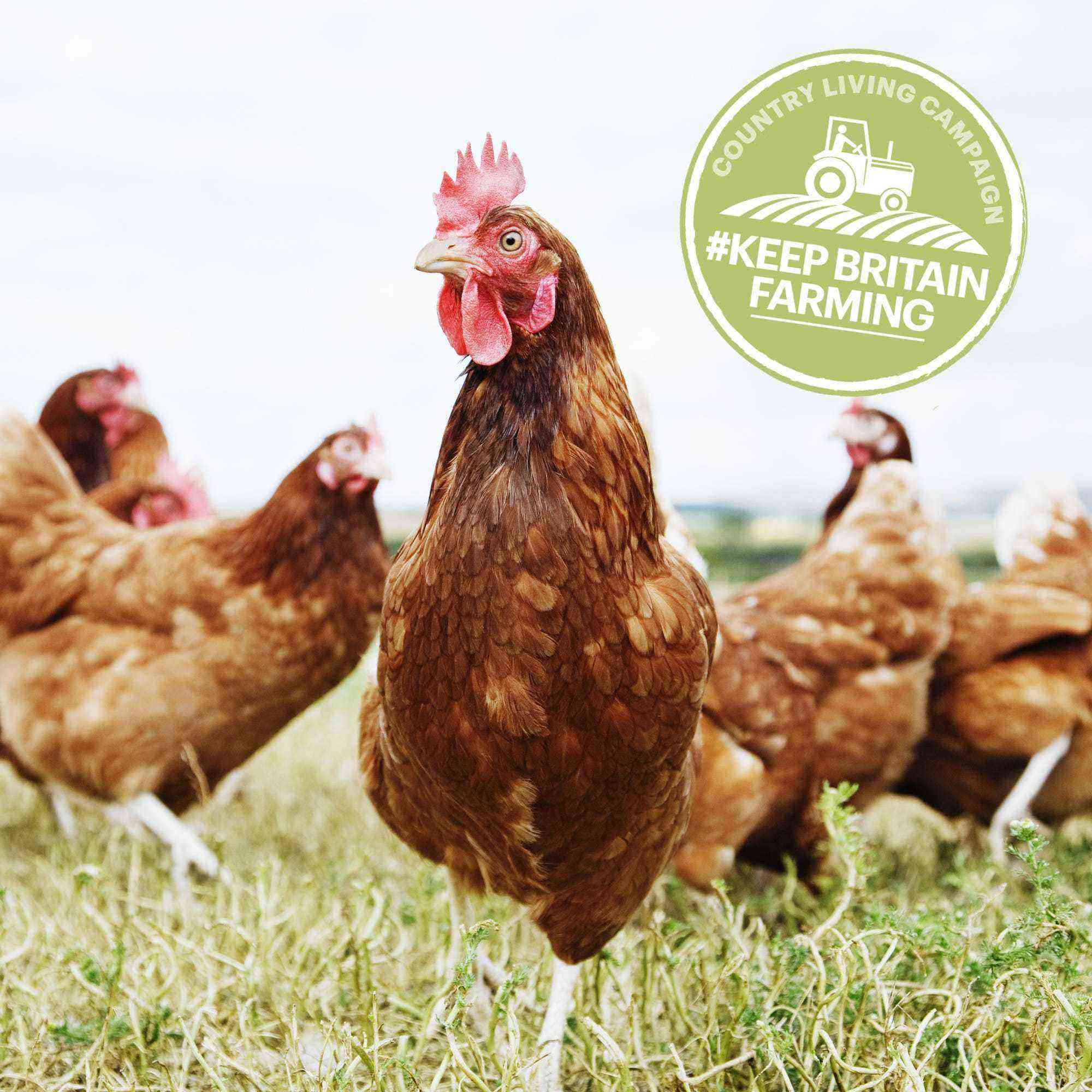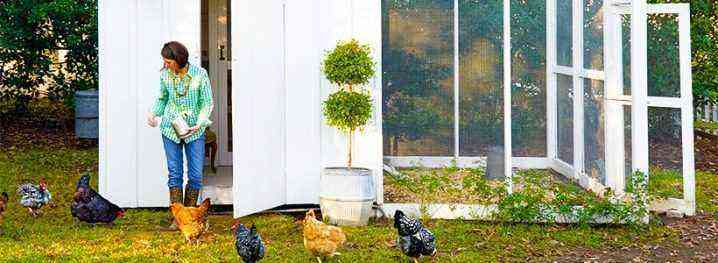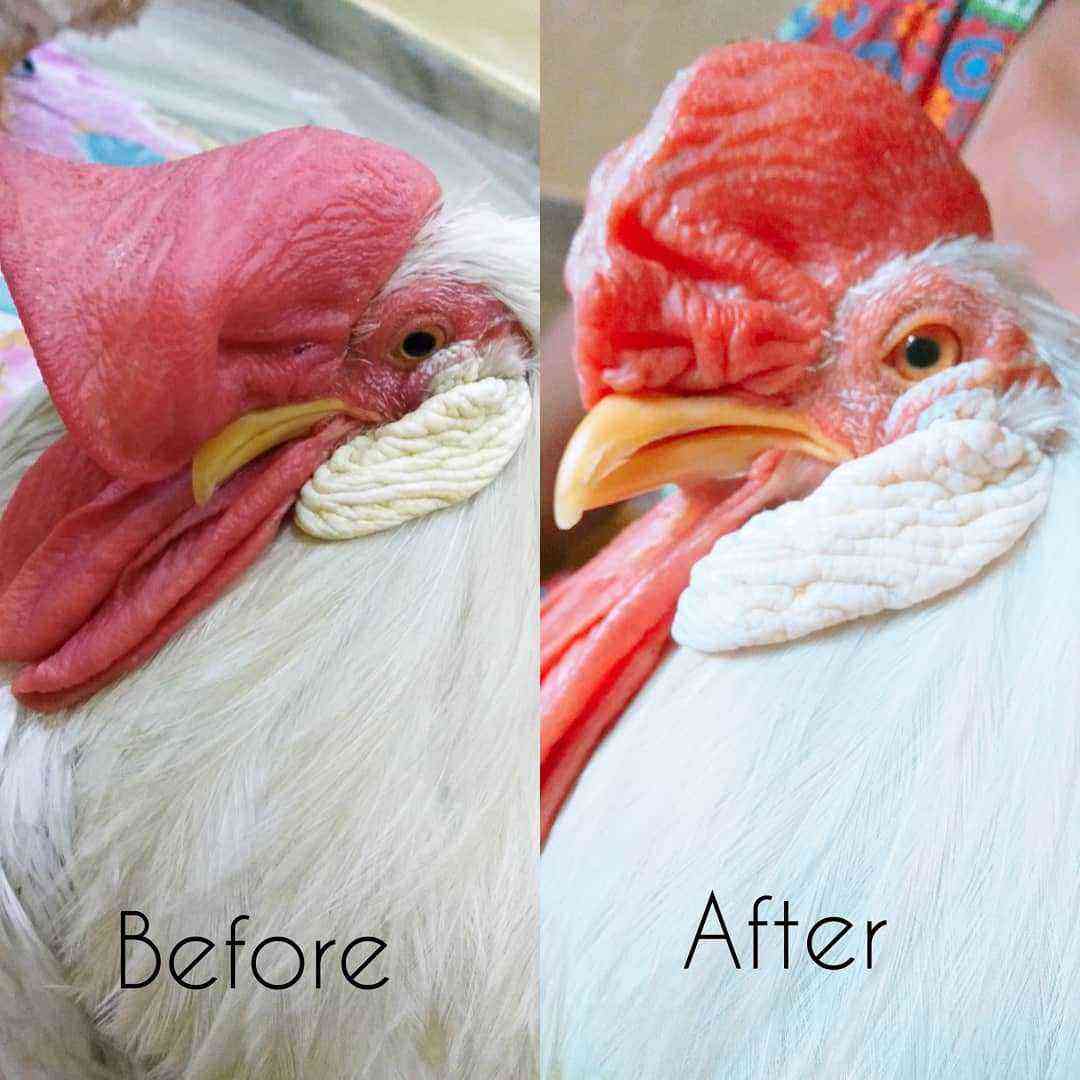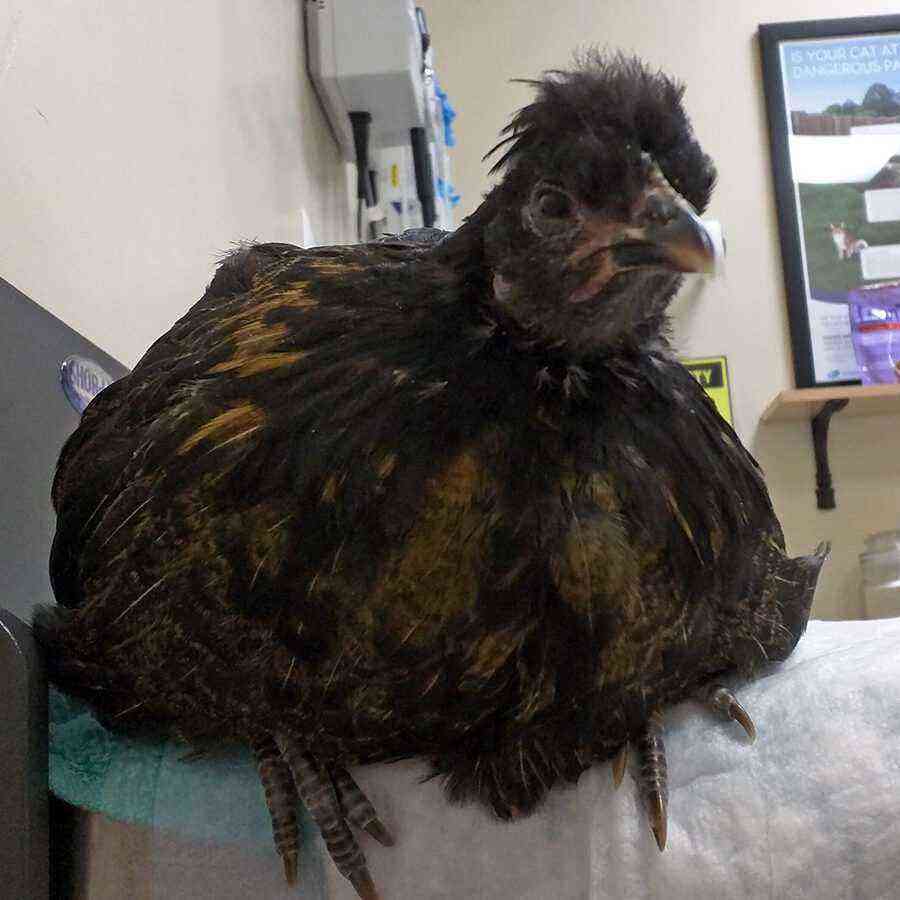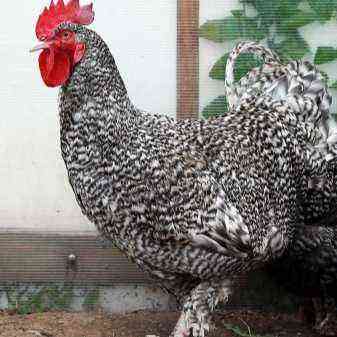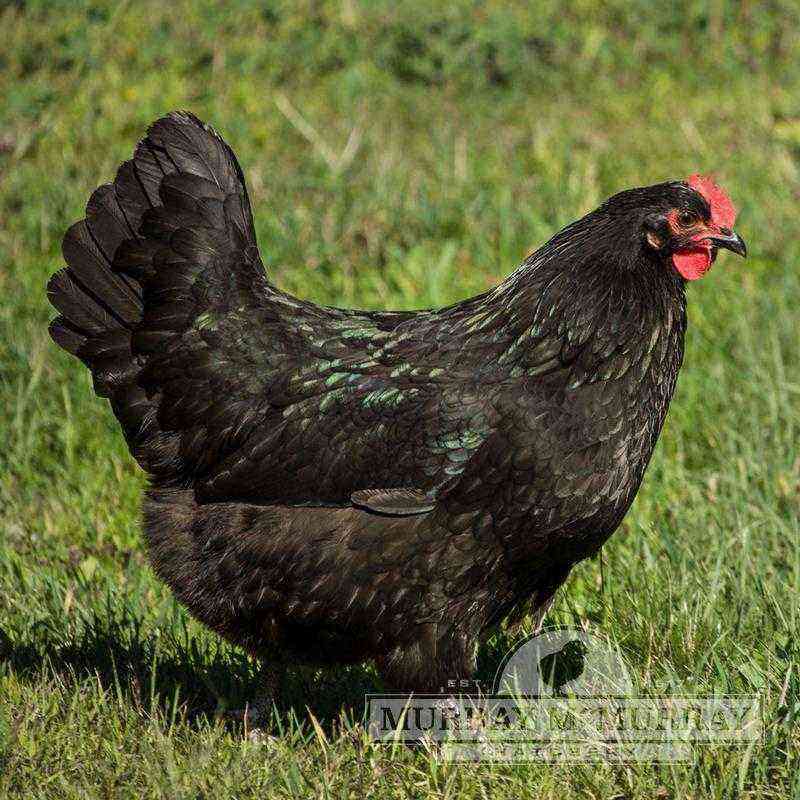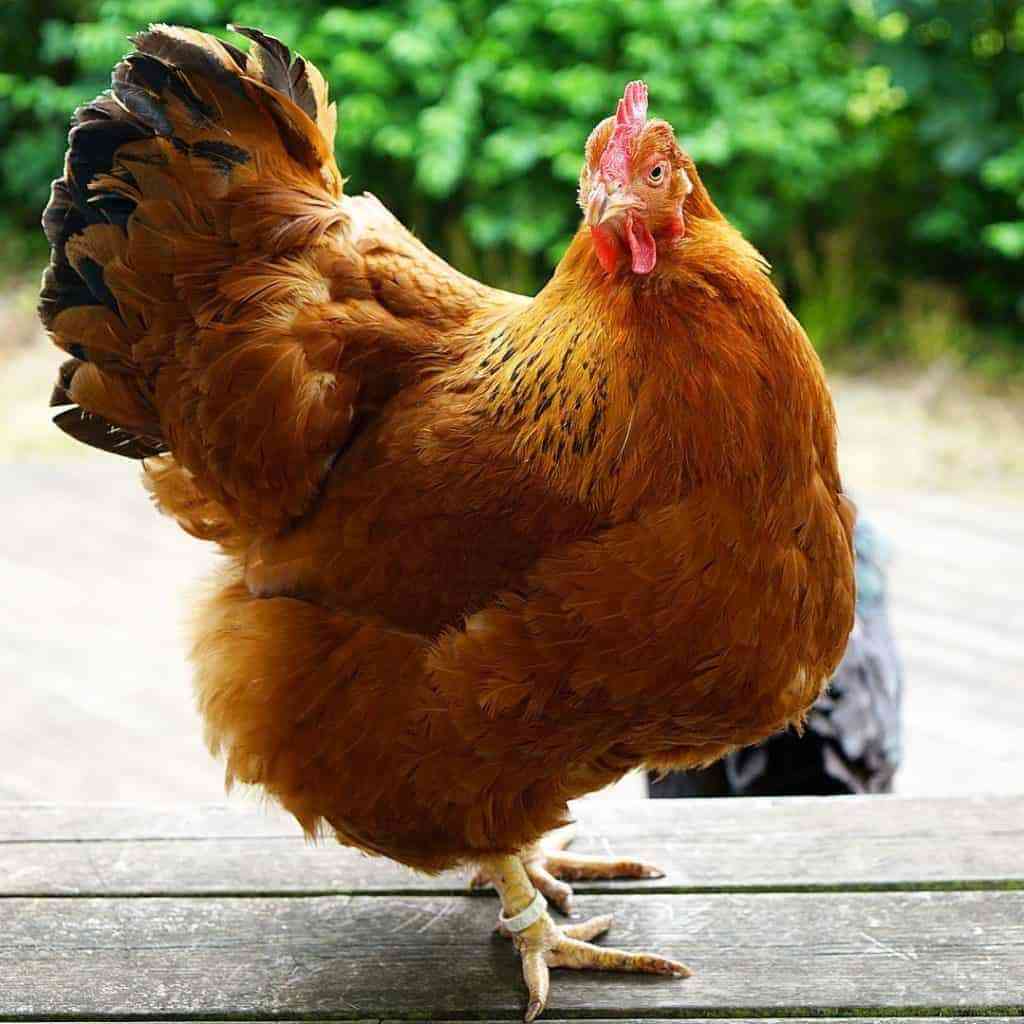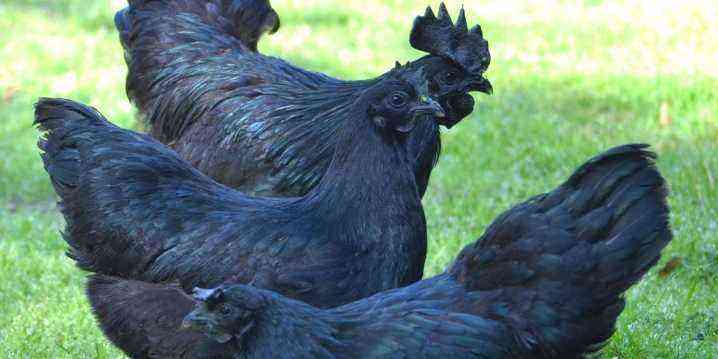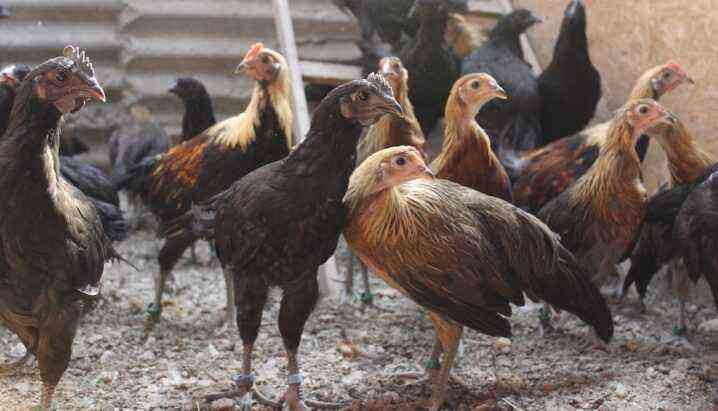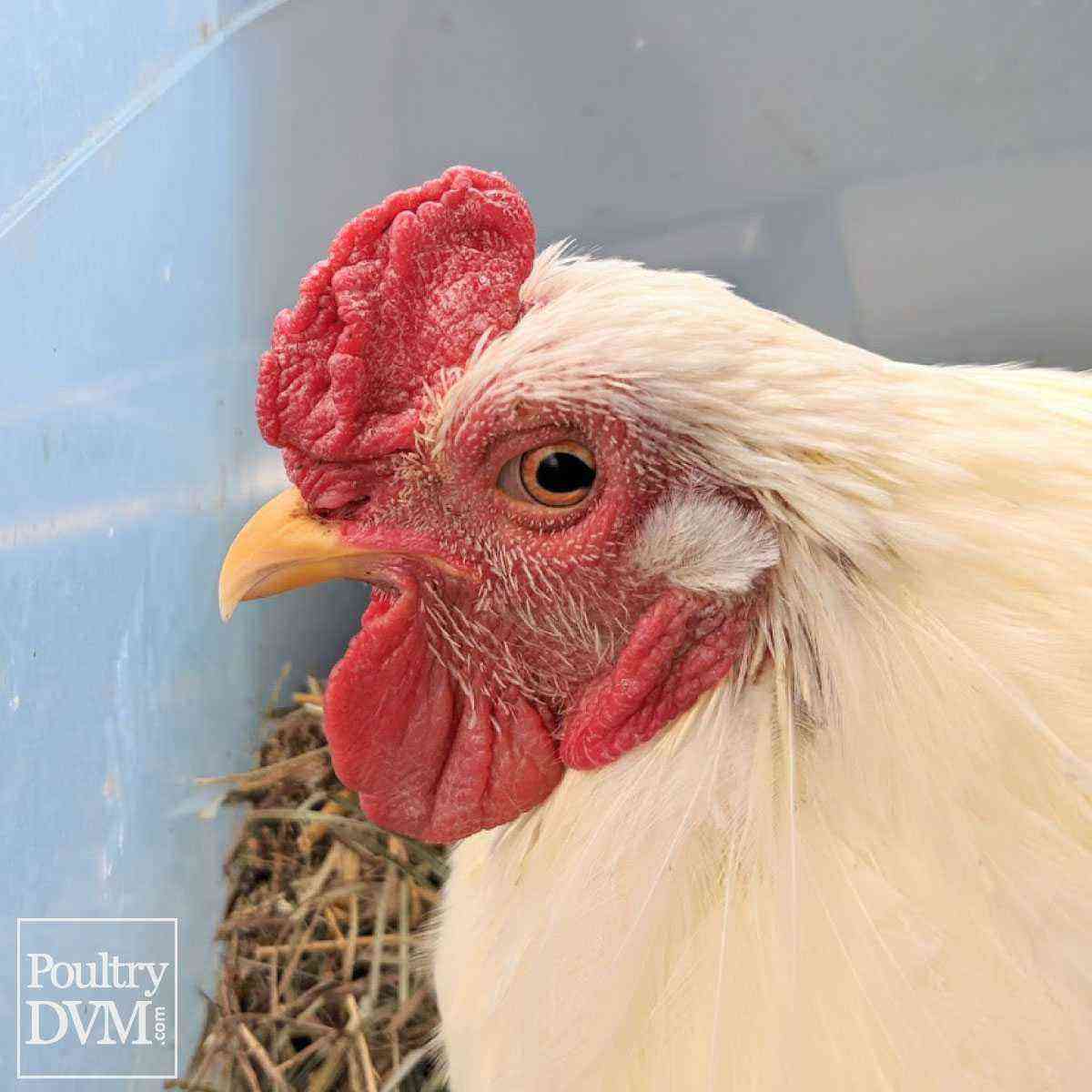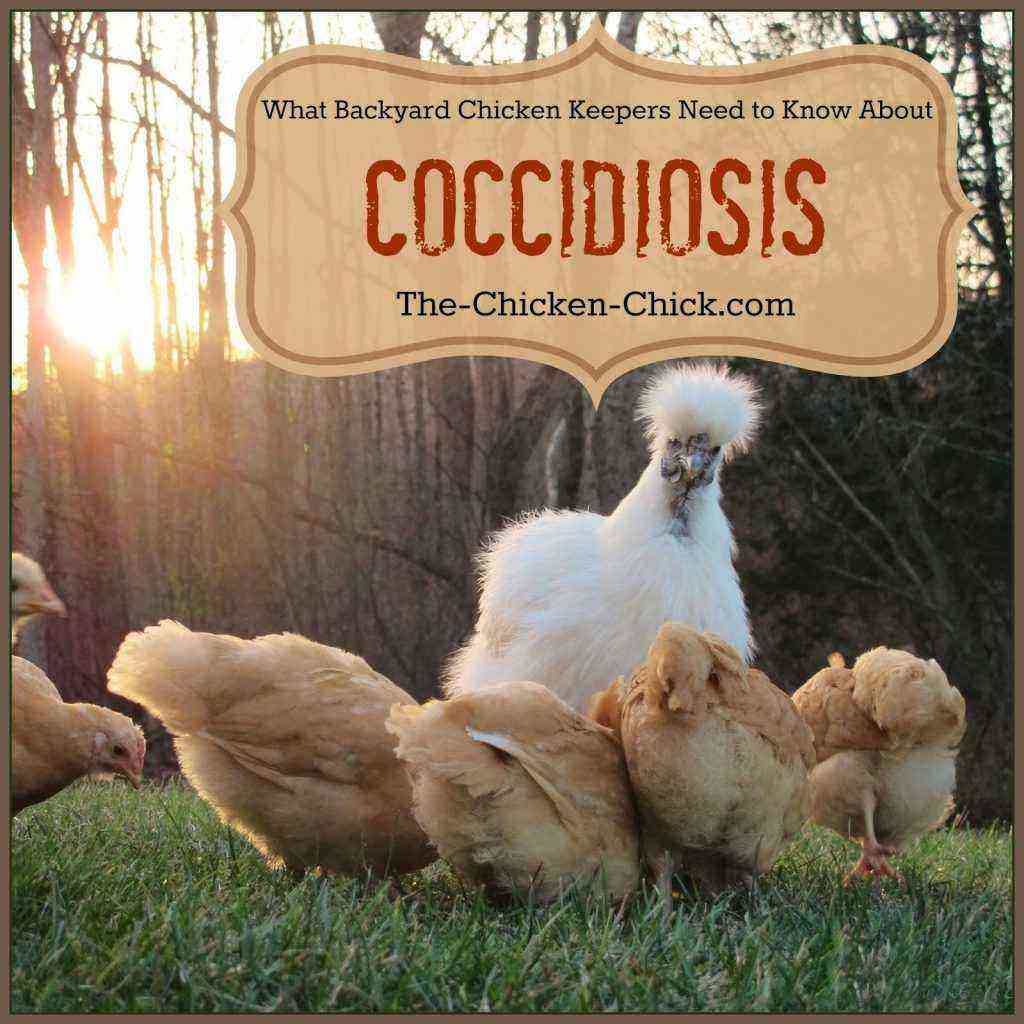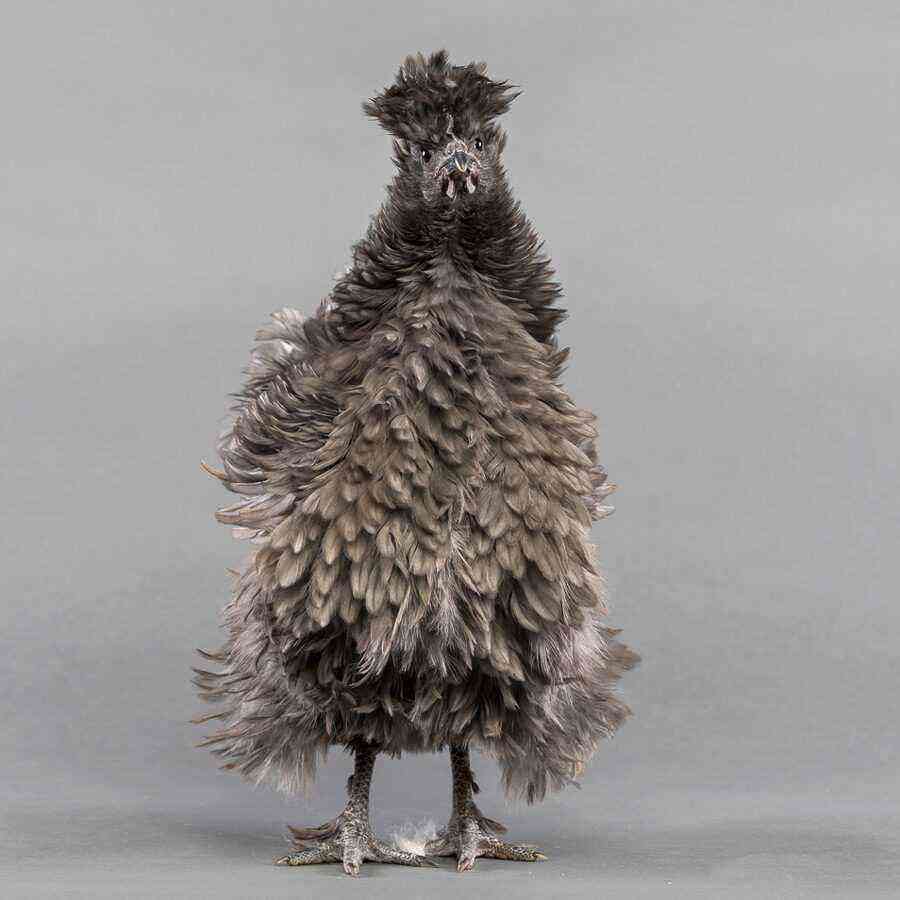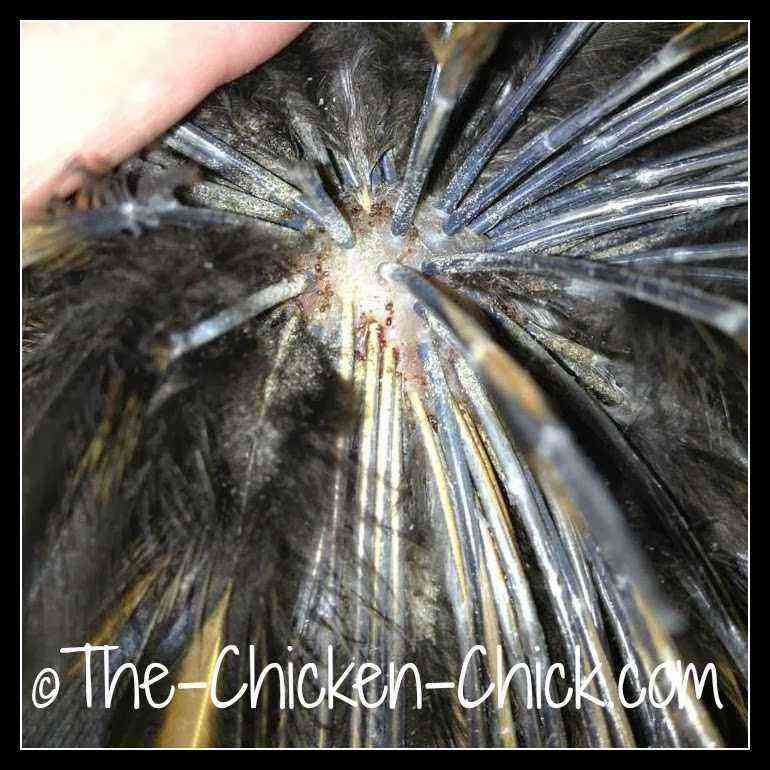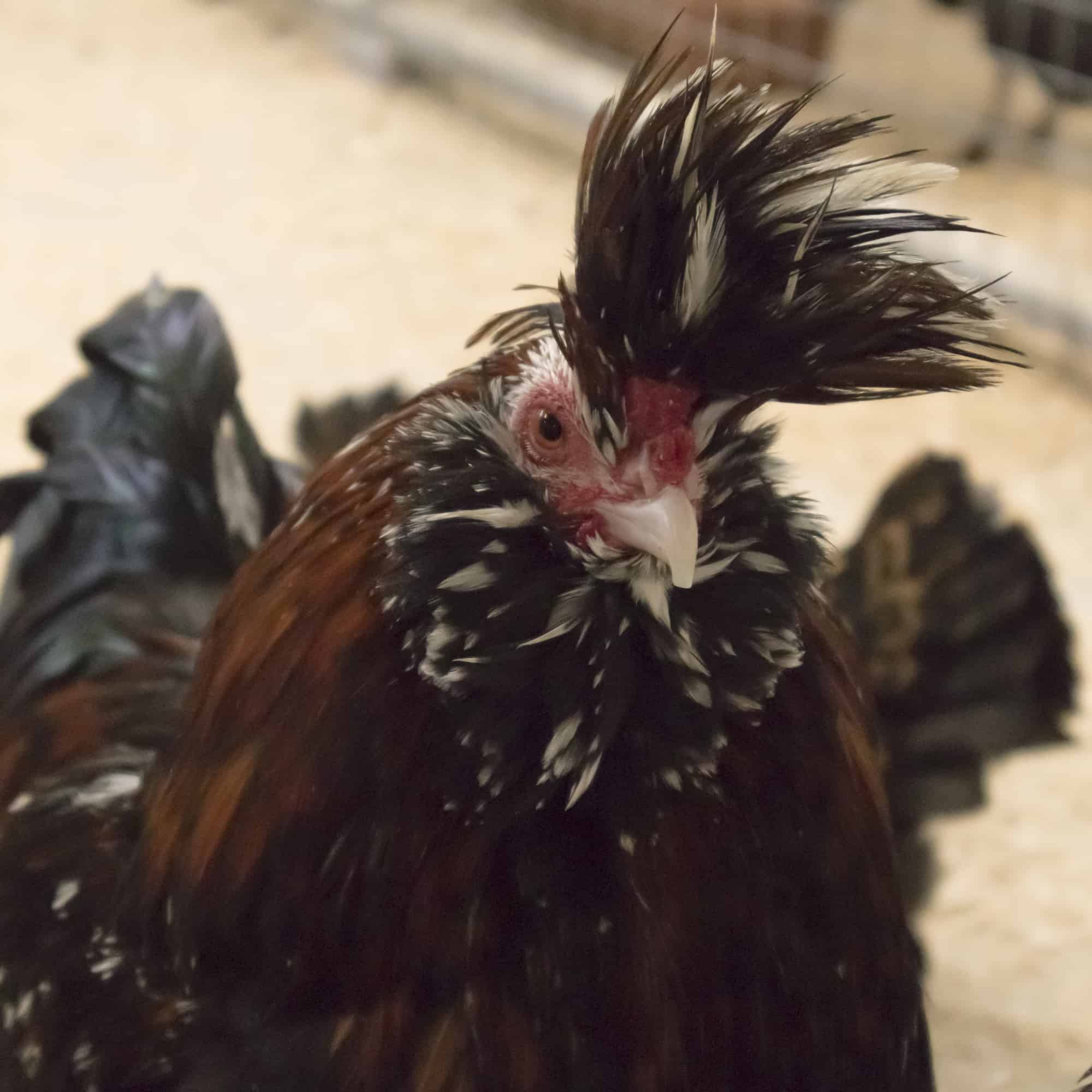Breeding of new breeds of animals and birds grown on farms has been done for a very long time. Among the brightest representatives of such breeds of chickens, it is worth highlighting the Bress-Gali, which has become a kind of symbol of France, and also continues to be very popular all over the world.
The story of
Birds of this breed appeared in France in the province of Bresse, where breeders were working on creating new individuals to expand the existing range of domestic chickens and roosters with different productive characteristics. In this case, the main task was to breed a new species that would combine the ability to lay eggs in large quantities, and also be of interest in terms of obtaining high-quality meat products. The Bress-Gali breed was registered at the end of the XNUMXth century, and there are several variations on the theme of its origin.
There is an opinion that birds with good immunity and endurance already existed long before the work of French breeders, and the first mention of them dates back to the XNUMXth century. Where it is indicated that the Burgundians presented the breed as a thank you. Subsequently, the fame of the high quality of meat spread throughout the country, so the birds began to breed more actively. But it was not possible to achieve a significant increase in the number of such productive individuals in farms, so chickens began to be considered a curiosity, and meat – an expensive delicacy, due to which the breed is still called “a bird for kings.”
Today, despite the wide choice of breeds of a productive meat and egg direction that are grown and bred in France, only Bress-Gali has earned the AOC quality mark, which it still has in the singular. This led to the fact that individuals that were bred only in this area of uXNUMXbuXNUMXbthe country can be called birds of this species.
Breed description
Despite the existence of several versions, work on the improvement of the breed by breeders was carried out at a high level. The result of these works was to obtain birds endowed with unique exterior qualities that are unique to her. According to the description of the Bress-Gali chickens, the birds have a downed physique, with well-developed wings and muscles throughout the body. Roosters, as a rule, are somewhat ahead of laying hens in their size. Thanks to this structure, inexperienced breeders can mistake the elite breed of French chickens for broilers.
It is inherent in the breed to have a good and dense plumage, with the presence of fluff inside. This feature of plumage allows hens and roosters to endure temperature drops, and also makes it possible to control thermoregulation on their own. The limbs of birds are also not without outstanding qualities in terms of strength, the hallmark of the breed is their color – they will be blue. The steel shade of the paws is also considered acceptable. There should be four toes on the paws.
Birds of the Bress-Gali breed should have a small head with a red crest in the center. It will be erect, divided into 5-6 parts. Earrings with a hint of red, and the beak is in tone with the limbs of birds, with orange rims around the eyes.
In roosters, the body is longer than in laying hens, the color of the pupils is predominantly brown. The neck is of medium size with well set lancets. Back slightly sloping. The tail of the male representatives will be set at 46 degrees, the plumage in it is thick, with a large number of braids. Chickens will have a similar body build, but with an emphasis on sexual dimorphism. And also the difference is the appearance of the tail, in which the braids will be absent. The comb in chickens is well developed, however, after the main prong in front, it is inclined to one side.
The main advantage of the breed is the ability to gain weight fairly quickly. As a rule, chickens, at the age of 30 days, will weigh about 500-800 grams. In a few months, differences in conformation compared to other breeds will relate to fairly developed limbs and thighs in chickens, as well as an expressive chest. The live weight of Bress-Gali chickens is about 5 kilograms for roosters and about 3-4 kilograms for laying hens.
However, the breed is not distinguished by the rapid pace of puberty; usually, chickens of this species will lay their first egg no earlier than six months. Even after the birds enter the active egg-laying phase, their growth and weight gain will continue.
Meat and egg individuals stand out with a complaisant disposition and a non-aggressive attitude towards representatives of other breeds of birds living in the neighborhood. Also, birds are not afraid of humans, but roosters can be prone to fights and quarrels among themselves. Chickens adapt well to new conditions, are distinguished by a high level of stress resistance, are moderately active, but react negatively to long-term pastime in confined spaces. The main color of the feather is white, which, in combination with the comb and paws of birds, forms the French tricolor. However, this is by no means the only acceptable color for Gallic chickens, since they can be:
- black;
- gold;
- blue;
- grey.
Birds with white plumage do not imply the presence of any additional shades and colors in it. Birds can also be white bleached, which provides for the presence of a pink crest and earrings. Notable is the quality of meat in this subtype. According to the breeders, it is these individuals that are distinguished by the most delicate and tasty products among the rest. Black birds have dark plumage with an emerald sheen, the beak will also be dark. Representatives of the breed interspersed with feathers of other colors and shades, as well as with a purple tint, instead of green, are considered a rejection.
A variety of bluebirds is distinguished by black plumage with blue speckling, while the chest and belly will be gray.
The most ancient color of Gallic chickens is gray. It is distinguished by a predominant white color interspersed with gray spots in each feather. On the wings of a bird there may be stripes imitating cuffs. The tail will contain black and white feathers, the down usually casts red. Bress-Gali chickens can also have a partridge feather color, which is called golden. Birds of this breed are distinguished by persistent immunity to many diseases, so it is not possible to note the most common diseases that this meat and egg direction suffers from. Competent care, cleanliness and preventive measures will allow farmers to keep productive and healthy individuals.
Performance indicators
Under the condition of a balanced diet, Bress-Gali chickens are able to make the first clutch as early as 16 weeks. Typically, egg production rates are in the range of 250 eggs per year. The eggs will be of medium size, the weight of one usually varies within 60 grams. The color of the shell will be white, the shape will be even, without elongated edges. The productivity of laying hens directly depends on the length of daylight hours, so it is recommended that the breeder strictly control this indicator. Birds rush not only in the warm season, but also in winter. To do this, the duration of daylight hours must be at least 10 hours.
The meat of the Gallic bird is dense, marbled. The fatty layer is yellow, the skin is predominantly white. In size and appearance, the carcass will resemble broilers. Chicks of this breed gain weight very quickly, usually a monthly chicken will already weigh about 0,5 kilograms. The bird will be suitable for slaughter at the age of 4-5 months. As practice shows, the weight of a gutted carcass will be about 2-3 kilograms.
Conditions for keeping
In domestic farms, this breed is almost never bred. Therefore, in terms of breeding, they are guided by the many years of experience of French breeders. As the practice of growing these individuals shows, they require territorial division based on gender. It is recommended that the breeder, when establishing the sex, which usually happens closer to two months, keep males and hens separately. A similar feature is due to such a property as the pugnacity of young male representatives. In addition, in a calmer environment, birds gain weight faster, which is a weighty argument. For roosters, it is allowed to draw up a separate menu for weight gain.
For young French chickens, it is recommended to allocate as much space as possible for walking. There are a certain number of rules that should be followed when raising these birds.
- Light mode. In laying hens, daylight hours must necessarily exceed 10 hours, regardless of the season. However, when preparing for slaughter, all artificial illumination must be removed so that individuals exist with a focus on the natural daily regime. The period of darkness usually lasts 8 to 9 hours.
- Air temperature in the chicken coop. In winter, it may be necessary to place additional heat sources for the Gallic birds so that the room temperature does not fall below +12°C. Despite the presence of thick plumage and fluff, freezing will be detrimental to birds.
- Walking. This breed can fly, in addition, it develops poorly in confined spaces. This feature will require the breeder to provide livestock with a large area for walking, which must be covered with a net on the sides and top. The height of the enclosure must be at least one meter. Permissible is the walking of five hundred birds on 0,5 hectares of land. This nuance will avoid possible health problems, as well as frequent prophylactic antibiotics in order to prevent the development of diseases in all birds.
- Chicken coop. In the room where Bress-Gali chickens will develop, there should be no drafts and high humidity. Arrangement of perches is mandatory. But also the breed can be kept on the floor, but in this case, special attention should be paid to the quality and cleanliness of the bedding. As a rule, the floor is covered with straw or sawdust. Containers with sand or ash should be present in the chicken coop so that the birds clean their feathers from parasites.
- Castration of roosters. In order for males to gain weight well and not annoy laying hens, some breeders deprive birds of the possibility of procreation in early childhood. At the same time, only those roosters that are needed to continue the breed are left. As a rule, there should be about 10 quotas for one “cavalier”.
Feeding
The taste of meat after slaughter will directly depend on what the chicken will eat. Since the organoleptic properties of meat products obtained from French birds are not associated with the genetics of individuals, but with a competent approach regarding the diet of Bress-Gali chickens. The farmer should avoid overweighting the laying hens so that they do not get fat, and also pay attention to the feeds and ingredients used. They should not provoke accelerated maturation of birds.
Throughout the year, the bird should be fed with special milk porridge based on corn and wheat groats. Mineral and fortified complexes are necessarily added to it. And also the meat and egg breed is fed with grass, vegetables, trimmings. For laying hens, farmers include calcium-containing foods in the diet. As a rule, it is chalk or shell rock. At night, Bress-Gali chickens are usually fed a hearty diet, whole grains, which will be digested in the body for a long time, act in its role. The daily diet involves three meals a day. The rest of the time, chickens should be free-range.
3-4 weeks before slaughter, chickens must be transferred to a special diet. At this time, it is recommended to feed the birds strictly by the hour, using maize with breadcrumbs and green salad, aged in milk. Such a diet will provide chicken meat with incredible taste and tenderness. Chickens from 5 months of age are kept free-range with the addition of whole grain feed to the menu. It is important that the walking area is covered with grass so that the young animals have something to eat during the day.
For chickens of this breed, it is also necessary to ensure a drinking regime so that clean water is always freely available.
Breeding
This breed is quite possible to breed independently, the fertility of eggs is usually high. Chickens have a highly developed incubation instinct, so the farmer will not need incubators to breed offspring. Usually, livestock is updated every 24 months. For one rooster, about a dozen hens are left. Sexual maturity in roosters occurs closer to a year. Mother hens do well with the role of mothers, so human intervention is not required in most cases. The survival rate of chickens is about 98%.
For breeding, eggs from chickens that are at least 9 months old are used. The first month after hatching, the chicks are kept in special rooms, controlling the air temperature. The diet of chickens should contain a boiled egg, corn, as well as feed intended for young animals. By two weeks of age, birds should be offered protein-enriched food, as well as greens. The vital components of the diet will be proteins and B vitamins, which will ensure regular weight gain.
Reviews
The breeders of this breed note among the main advantages the rapid growth and weight gain of young animals, which by the age of three weeks is significantly ahead of the size of individuals of other breeds. In addition, as practice shows, birds very rarely get sick, and also endure adaptation to new conditions.
For information on how to properly care for the Bress-Gali breed of chickens, see the following video.
